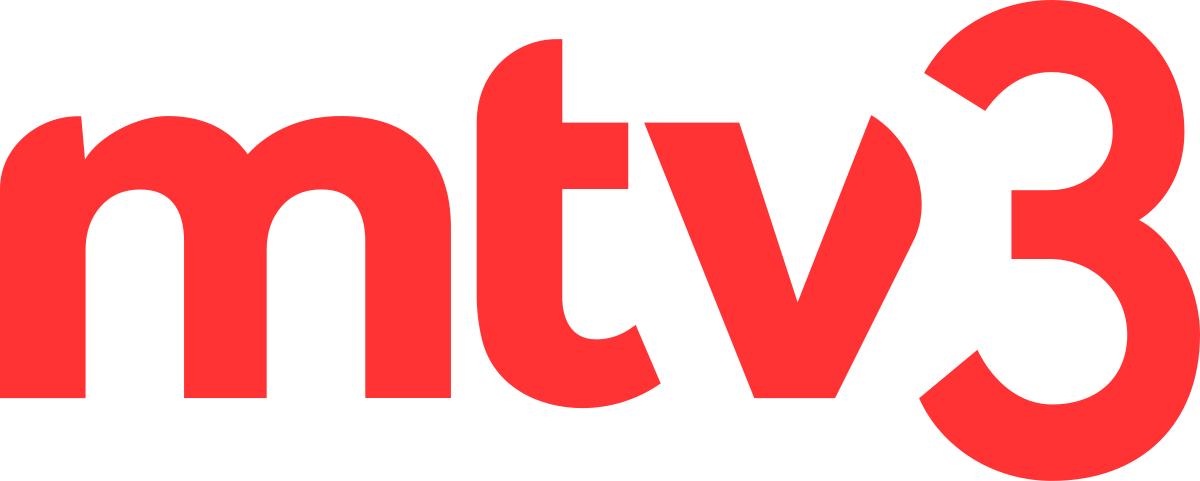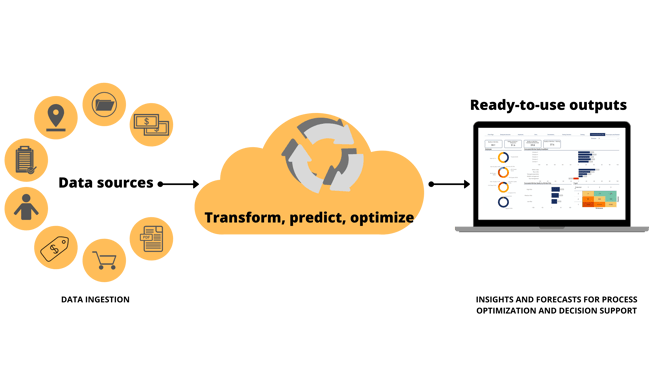Align operations and realize business benefits
Forecasts are the foundation of every advanced analytics solution.
Example use cases for forecasting range across retail/online store sales, financial planning process, visitor forecasts, power consumption and resource planning.
By improving the accuracy of forecasts in demand variations and spikes allows companies to better align their operations and realize significant business benefits.




